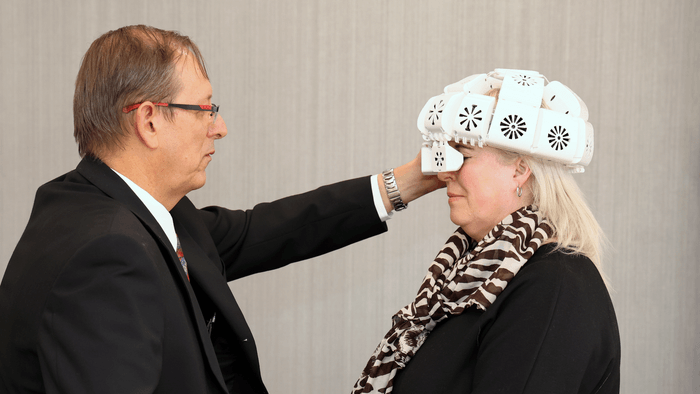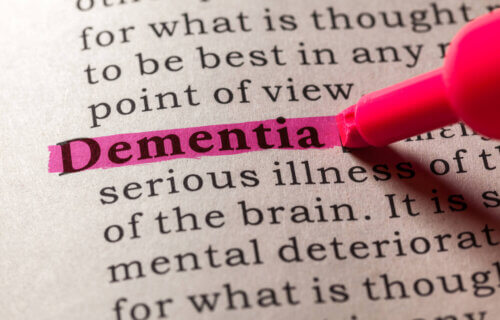LONDON — British scientists have developed the most accurate method to date for identifying individuals who will develop dementia. The newly introduced “dementia risk score” strongly predicts the likelihood of individuals over the age of 50 developing this debilitating disease within a 14-year span. Notably, the presence of diabetes, depression, and high blood pressure can triple the risk.
This system was established by researchers at the University of Oxford after a comprehensive study. That study based its predictions on 11 largely modifiable risk factors, targeting individuals from middle age onwards.
The UK Biobank Dementia Risk Score (UKBDRS) surpassed the performance of three other prominent dementia risk scores developed in Australia (ANU-ADRI), Finland (CAIDE), and the U.K. (DRS).
Currently, an estimated 50 million people globally live with dementia. This number is anticipated to triple by 2050. However, by addressing key risk factors, many of which are related to lifestyle, approximately 40 percent of cases could potentially be prevented.
Various risk scores have been designed to forecast a person’s odds of developing dementia while preventive interventions are still viable. However, many of these scores have shown inconsistency. Some even depend on costly and invasive tests, making them unsuitable for primary care.
To address these challenges, the researchers utilized two significant groups of individuals between 50 and 73 from two long-term studies: the UK Biobank study (for developing the new risk score) and the Whitehall II study (for validation).

– stock.adobe.com)
In total, the analysis included 220,762 participants from the UK Biobank study (average age just below 60) and 2,934 from the Whitehall II study (average age 57).
From a list of 28 established factors linked with an increased or decreased risk of dementia, the team used a statistical method to hone in on the most pertinent factors. This led to the identification of 11 predictive factors: age, education, history of diabetes, history/current status of depression, history of stroke, parental dementia, economic disadvantage, high blood pressure, high cholesterol, living alone, and being male.
The APOE gene, known to influence dementia risk, is associated with cholesterol transportation in the bloodstream. Its presence was identified in 157,090 participants from the UK Biobank study and 2,315 from the Whitehall II study and was subsequently added to the risk score, leading to a variant called UKBDRS-APOE.
Over a span of 14 years, nearly two percent of participants from the UK Biobank group and just over three percent from the Whitehall II group were diagnosed with dementia. The predictive accuracy of UKBDRS, both with and without APOE, was compared against age alone and the three other established risk scores. UKBDRS-APOE emerged as the most predictive, followed closely by the UKBDRS, then age alone, DRS, CAIDE, and finally ANU-ADRI.
To enhance the accuracy of their risk score, the researchers propose the addition of cognitive tests, brain scans, and blood tests for neurodegeneration markers. However, due to their expense and time requirements, these tests may not always be feasible.

“The UKBDRS may best be used as an initial screening tool to stratify individuals into risk groups, and those identified as high risk could then benefit from more time-consuming follow-up assessments described above for more detailed characterization,” the researchers write in the journal BMJ Mental Health.
“It’s important to remember that this risk score only tells us about our chances of developing dementia; it doesn’t represent a definitive outcome,” says study co-author Professor Sana Suri, according to a statement from SWNS.
“The importance of each risk factor varies and given that some of the factors included in the score can be modified or treated, there are things we can all do to help reduce our risk of dementia.”
“While older age, 60 and above, and APOE confer the greatest risk, modifiable factors, such as diabetes, depression, and high blood pressure also have a key role,” Suri adds, according to SWNS.
“For example, the estimated risk for a person with all of these will be approximately three times higher than that of a person of the same age who doesn’t have any.”
“There are many steps we would need to take before we can use this risk score in clinical practice,” says Dr. Raihaan Patel of Oxford’s Department of Psychiatry, in a statement. “It’s well known that dementia risk, onset, and prevalence vary by race, ethnicity, and socio-economic status.”
“Therefore, while the consistent performance of UKBDRS across these two independent cohorts adds confidence to its robustness, we emphasize the need to evaluate it across more diverse cohorts both in and out of the UK before translating it for wider use,” the authors write in BMJ Mental Health.
South West News Service writer Stephen Beech contributed to this report.

